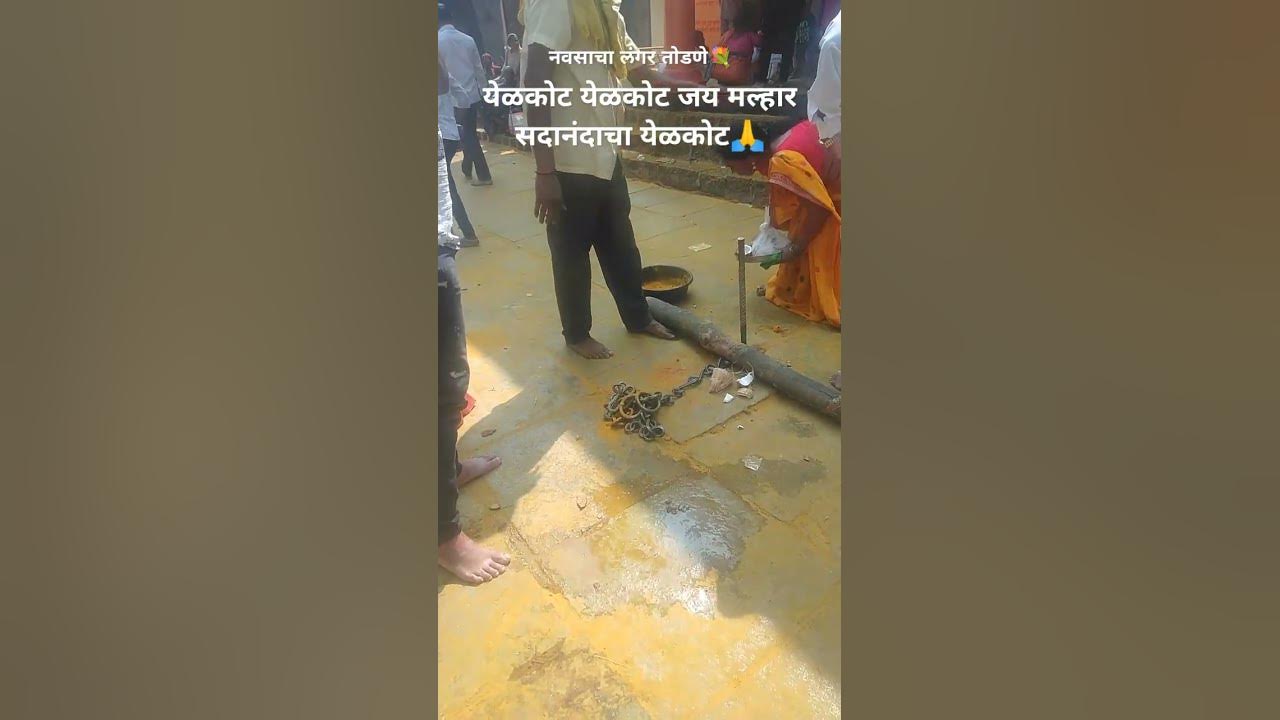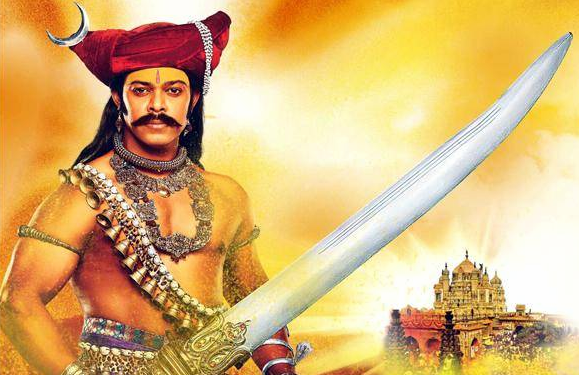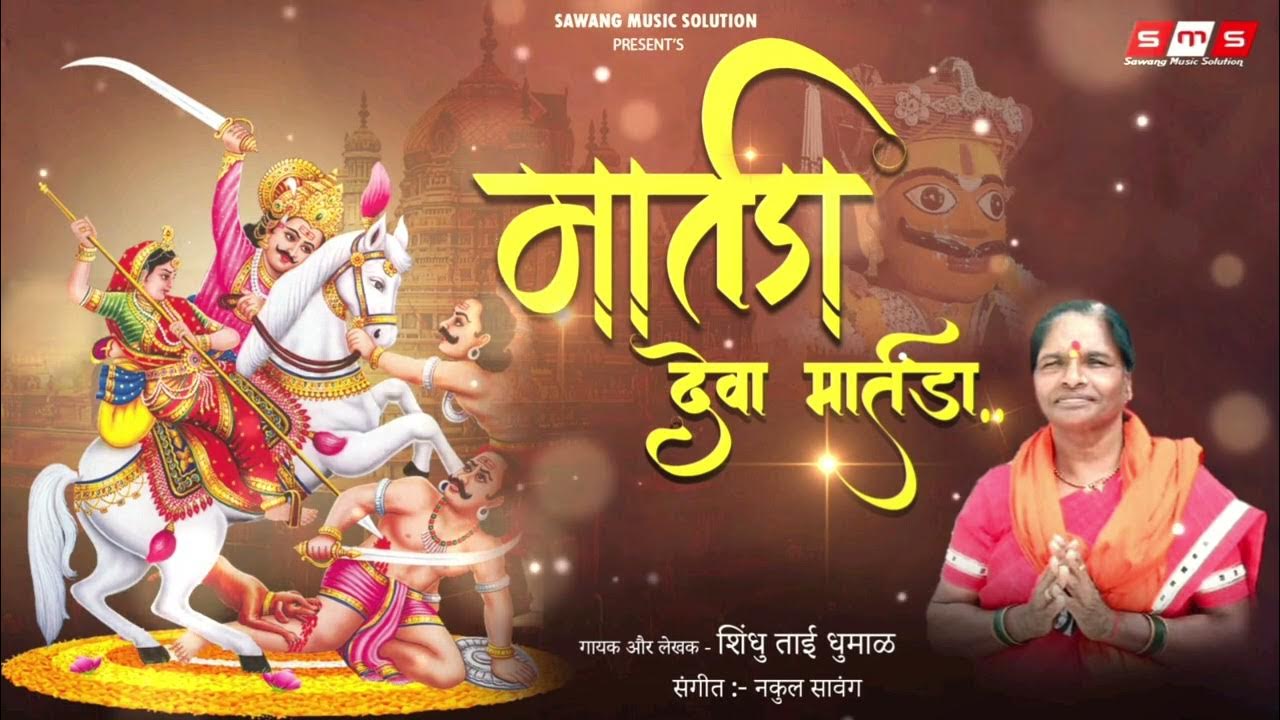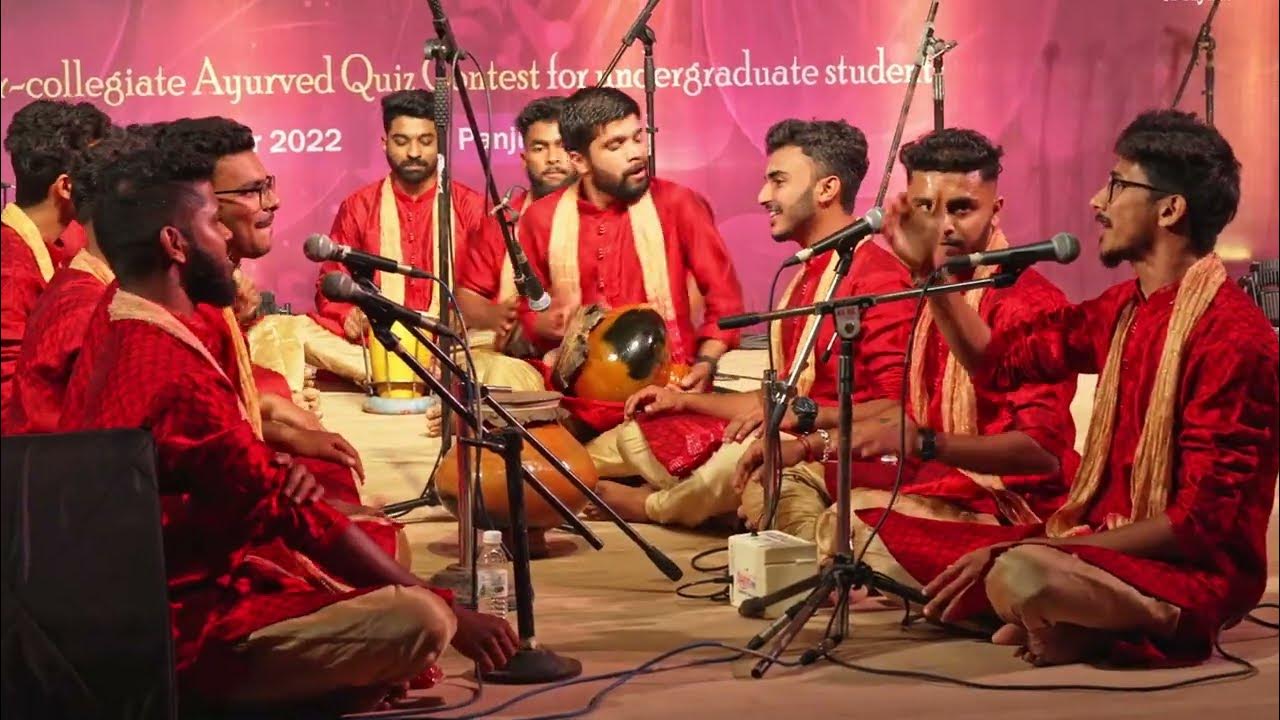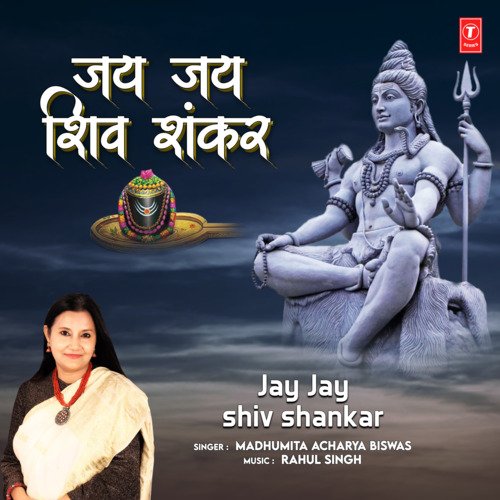Jay Deva Jay Deva Jay Shiv Martanda

The echoes of "Jay Deva Jay Deva Jay Shiv Martanda" resonate far beyond the Khandoba temples of Maharashtra. This sacred chant, a cornerstone of devotion to Lord Khandoba, has become increasingly intertwined with complex socio-cultural and political currents, sparking both profound reverence and heated debate.
At its heart, the invocation is a paean to Lord Khandoba, a deity revered as a manifestation of Shiva, often depicted riding a white horse and wielding a sword. This article delves into the multifaceted significance of the chant, exploring its religious roots, its role in community identity, and the controversies that have recently surrounded its public expression.
The Religious and Historical Significance
The chant "Jay Deva Jay Deva Jay Shiv Martanda" is not merely a collection of words. It is a deeply ingrained mantra that connects devotees to the divine essence of Lord Khandoba.
Traditionally, Khandoba is worshipped by diverse communities, including the Dhangars (shepherds), farmers, and warrior clans, signifying a syncretic religious tradition that transcends caste boundaries. Historical records suggest that the worship of Khandoba dates back to at least the 12th century, with temples like Jejuri serving as central pilgrimage sites.
The chant acts as a sonic bridge to this rich history. It's a reaffirmation of faith passed down through generations, carrying the weight of cultural memory and spiritual aspiration.
Community Identity and Cultural Expression
For many communities, the chant is more than just a religious practice. It's a vital part of their cultural identity.
During festivals and processions dedicated to Lord Khandoba, the rhythmic chanting of "Jay Deva Jay Deva Jay Shiv Martanda" creates a powerful sense of collective belonging. It serves as a unifying force, reinforcing social bonds and celebrating shared heritage.
Moreover, the chant often accompanies folk dances, traditional music, and other artistic expressions, embedding it within the very fabric of community life. This intertwining of faith and culture underscores the chant's significance beyond the purely religious sphere.
Controversies and Social Tensions
Recently, the invocation of "Jay Deva Jay Deva Jay Shiv Martanda" has found itself at the center of certain disputes.
Instances have been reported where the public chanting of the mantra has been met with resistance or even opposition from certain groups, often stemming from broader socio-political tensions or caste-related conflicts. These incidents, though localized, highlight the complex interplay between religious expression, social dynamics, and political agendas.
Some argue that the chant's association with particular communities can inadvertently exclude or marginalize others, leading to friction. Others vehemently defend the right to freely express their religious beliefs and cultural identity, viewing any restriction on the chant as a form of discrimination. These diverse perspectives underscore the sensitive nature of the issue and the need for careful dialogue.
The Role of Social Media
The spread of information and opinions related to these controversies has been significantly amplified by social media. Online platforms have become arenas where debates surrounding the chant's significance and appropriateness unfold, often accompanied by strong emotions and polarized viewpoints.
While social media can facilitate dialogue and raise awareness, it also carries the risk of misinformation and the escalation of tensions. The challenge lies in fostering constructive conversations that promote understanding and respect for diverse perspectives, even in the face of disagreement.
Looking Ahead
The future of "Jay Deva Jay Deva Jay Shiv Martanda" and its place in the public sphere will depend on ongoing efforts to promote inter-community dialogue and foster a climate of mutual respect. Open conversations about the chant's historical context, cultural significance, and potential sensitivities are crucial for navigating the complexities that surround it.
Moving forward, it's essential to balance the right to religious expression with the need to address social inequalities and prevent discrimination. Finding this balance requires a nuanced approach that recognizes the multifaceted nature of the issue and prioritizes peaceful coexistence.
Ultimately, the resonance of "Jay Deva Jay Deva Jay Shiv Martanda" will continue to evolve, shaped by the ongoing interaction between faith, culture, and the ever-changing dynamics of society. The hope is that this evolution will lead to a deeper understanding and appreciation of the diverse traditions that enrich the cultural landscape.
